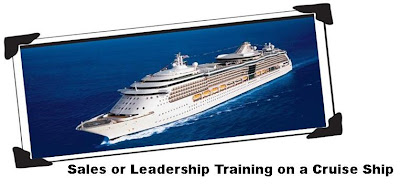SMART is a convenient acronym for the
set of criteria that a goal must have in order for it to be realized by the
goal achiever.
·
Specific: Success coach Jack Canfield states in his book The Success Principles that, “Vague
goals produce vague results.”
In order for someone to achieve a goal, they must be very clear on what they
want. Often, creating a list of benefits from the accomplishment of the goal
will give them a compelling reason to pursue that goal.
·
Measurable: It’s crucial for goal achievement that goal
setters are able to track their progress towards the goal. That’s why all goals
need some form of objective measuring system so that they can stay on track and
become motivated. It will also help you as the supervisor evaluate their
progress.
·
Achievable: Setting big goals is great, but setting
unrealistic goals will just de-motivate you. A good goal is one that
challenges, but is not so unrealistic that the person has virtually no chance
of accomplishing it.
·
Relevant: Before you even set goals, it’s a good idea to sit down and define
your core values and your life and career purposes. These tools will help the
person set goals that matter to them.
·
Timed: Without setting deadlines for goals, the goal setter will have no
real compelling reason or motivation to start working on them. By setting a
deadline, your subconscious mind begins to work on that goal, night and day, to
bring you closer to achievement.
Goals should also include the three P’s:
·
Positive
·
Personal
·
Possible
The best goals
are simple, one-sentence statements that anyone can understand. When setting
goals, fewer is better. Setting too many goals can be counter-productive. Focus
on goals that will have the greatest impact on achieving your vision of
success.
Some companies,
knowing that goals are a significant motivational tool, really go overboard
when setting them. They will give their staff targets on several different
measurements – some of which will contradict the others.
It is also fair
to say that an important element of setting SMART goals is calibration. There is every chance that targets will
be set for the first month that are either too easily achieved, or too
difficult. By looking at how people have performed in relation to their
targets, it is easy to see whether they have been set too high or too low, and
the targets can then be adjusted.
It may take a
month or two to get targets to the right level, as it is important to avoid
over-correction. Once this is done, you should have a set of achievable but
challenging goals which will bring the best out of staff and provide a
motivated working environment.










